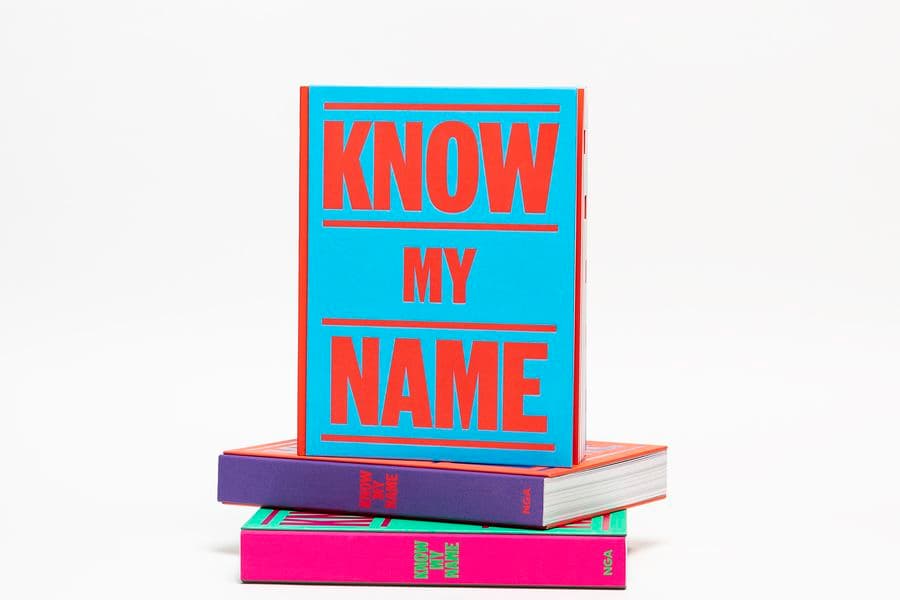Caroline Rothwell
born 1967 Hull, United KingdomCaroline Rothwell by Anne Loxley
Although its hips are tilted in classical contrapposto, Caroline Rothwell’s Transmutation 2010 is anomalous in the tradition of figurative bronze sculptures. This genderless life‑size human form stands daintily on the balls of its feet, hands open, revealing the bones, organs and sinews of the internal body. In lieu of a head is an elongated Rococo frame, cradled by branch‑like forms and topped by an eagle. What does this strange object signify
Transmutation is an intuitive combination of two primary references; the drawings and research of sixteenth‑century Belgian anatomist Andreas Vesalius and Rococo style are repurposed to focus on humanity’s hierarchical biases and environmental impacts. The sculpture’s androgyny is a feminist departure from the conventions of anatomical illustrations. As Rothwell explains, ‘men are always the starting point, and this has to change’.(1) The ornate, empty frame is an ominous and provocative meditation, literally questioning what is in view. Rothwell uses style to reflect on history:
The time of the Rococo was the beginning of industrialisation. The Western world was spilling money, the colonial onslaught was emitting from Europe, rorting the planet. This incredible opulence was growing hand in hand with the industrial machinery of the Western world.
Its fabrication process sharply separates Transmutation from the bronze tradition. As is clearly visible, the artist sews a fabric mould. Perhaps less visible is the fact that the mould is filled with a gypsum plaster/concrete mix, from which the bronze is cast. Rothwell’s idiosyncratic process lends the sculpture something of the character of a ‘stuffed toy’, wittily deflating the grandeur of the lofty tradition.
In formal terms, Transmutation is emblematic of an enduring aspect of Rothwell’s oeuvre—spindly sculptures that seem to defy gravity. And gravity is an abiding interest. ‘It is unseen, but it is what holds us to the earth, it is as necessary as air and water.’ Conceptually the title of the work triggers a rich set of associations for the artist:
Transmutation is a term that has two meanings. It was one of the names commonly used for evolutionary ideas in the nineteenth century before Charles Darwin published On the origin of species in 1859. It is also another word for one of Isaac Newton’s interests, alchemy, the turning of a base metal into gold. Newton, a rigorous mathematician, physicist and scientist, was at the same time interested in spiritualism and alchemy. This ability to hold complex, conflicting ideas is fundamental for our time. We need to reconnect with the truth of science for the facts and hold on to our spiritual connection with place and land and non‑linear communication.
As ever, in the work of Caroline Rothwell, science leads to profound and timely insights.
(1) All quotes from Caroline Rothwell are from conversations with Anne Loxley from October to December 2019.
Citation: Cite this excerpt as: Loxley. "Caroline Rothwell" in N Bullock, K Cole, D Hart & E Pitt (eds), Know My Name, National Gallery of Australia, Canberra, 2020, pp 320–321.
ANNE LOXLEY is Executive Director, Information and Cultural Exchange, Sydney.

